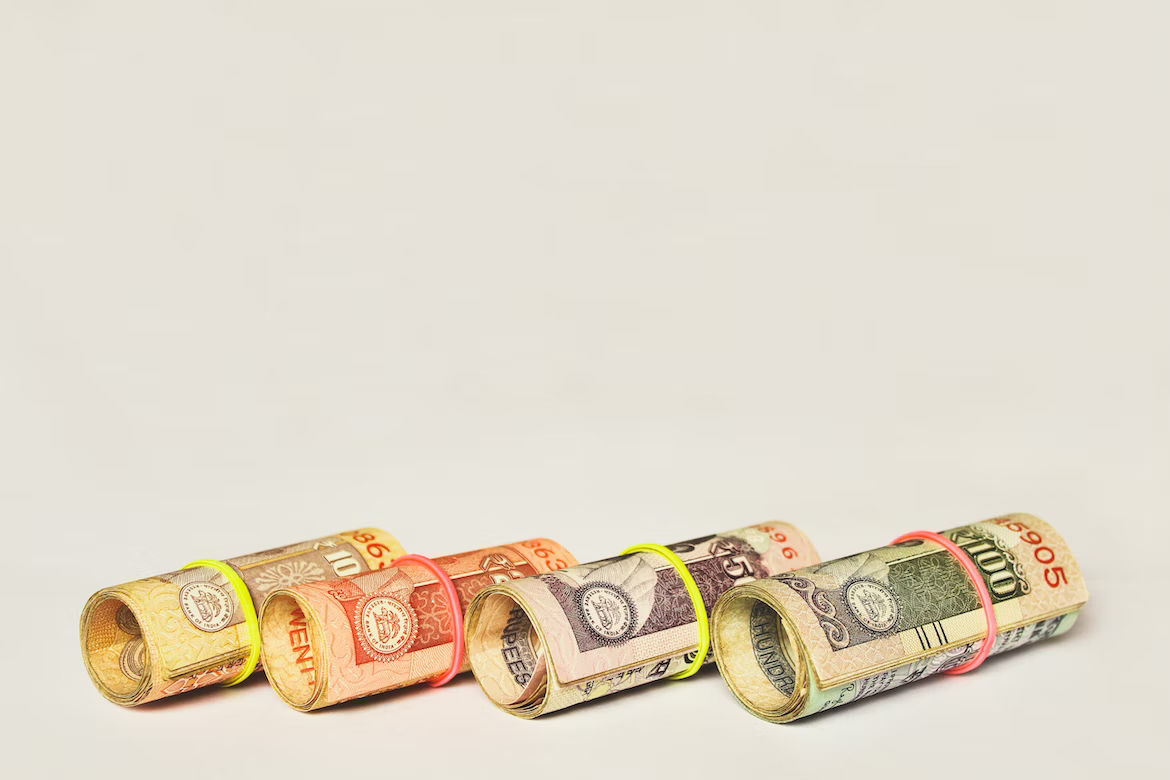By definition, demonetisation is the process of removing a monetary unit’s legal tender status. Every time the local currency changes, it happens. The present form of money is retired and removed from use, frequently to be replaced by fresh bills or coins. A nation will occasionally entirely switch over to a new currency.
Demonetisation has been utilised by governments all over the world for a variety of reasons, despite the fact that it is unusual.
Any country that experiences issues like hyperinflation may pursue demonetisation as a way to regain control and lessen the negative effects of the situation.
Also read: Demonetisation and the month following the move: A timeline
Demonetisation can put an end to some undesirable conditions or behaviours like tax evasion, terrorism, and the use of counterfeit money.
In rare situations, demonetisation is also utilised to launch a new monetary system.
The Indian government announced the demonetisation of all 500 and 1,000 rupee banknotes from the Mahatma Gandhi Series on November 8, 2016. Additionally, it announced the release of fresh 500 and 2,000 rupee banknotes in place of the currencies that were demonetised.
According to Prime Minister Narendra Modi, the move would diminish the shadow economy, boost cashless transactions, and decrease the use of illicit and counterfeit money to finance crime and terrorism.
Also read: Supreme Court to hear pleas challenging constitutional validity of demonetisation
According to the government, the exercise’s primary goal was to reduce black money, which includes income that had not been recorded and was therefore exempt from taxation, as well as money made through corruption, the sale of illegal items, and unlawful activities like human trafficking.
Other claimed goals were raising the tax base and number of taxpayers, decreasing the amount of cash used in transactions, cutting off the funding for terrorists and extreme organisations like Maoists and Naxalites, and integrating the official and informal sectors.
Also read: What is Constitution bench?
Due to long lines at banks and ATMs across India, consumers had trouble depositing or exchanging the demonetised banknotes as a result of the cash shortage brought on by demonetisation. Months after demonetisation, there was a cash shortage at the ATMs.
Police and tax officers across India confiscated unaccounted money worth Rs 610 crore during the demonetisation, including Rs 110 crore in the new currency. According to media reports, the demonetisation initiative was ineffective because even though the general populace was suffering from a severe cash shortage, some people were able to accumulate millions of dollars’ worth of new banknotes.
In the week after the announcement, the stock market indices fell to a roughly six-month low as a result of the combined effects of demonetisation and the US presidential election. The BSE SENSEX dropped roughly 1,689 points the day after the announcement of demonetisation, while the NIFTY 50 lost more than 541 points.
Also read: Who is Justice Abdul Nazeer?
The BSE SENSEX index had dropped by 565 points by the close of intraday trading on November 15, 2016, while the NIFTY 50 index had fallen below 8100. During November and December 2016, the stock market saw minor repercussions.
Cement, cotton, and rubber companies showed an increase in total trades while companies in the automotive, clothing, foods, paper, real estate, retail, steel, sugar, tea, and textiles sectors showed a decrease in total trades after demonetisation, according to a data study (July 2016 – February 2017) of 54 companies across 13 sectors listed with the NSE. The NIFTY 50 and other NIFTY sectoral indexes show that demonetisation had a negative effect on stock market results.
Also read: Indian PM Narendra Modi pays floral tribute at Shinzo Abe’s funeral: Watch
M. Seeni Ahamed, general secretary of the Indian National League, filed a public interest litigation (PIL) before the Madras High Court to overturn the demonetisation judgement. The High Court denied the PIL, ruling that it had no authority to affect the government’s monetary policies. The Indian Supreme Court also received PILs with a similar theme.
The Supreme Court of India referred all matters involving the demonetisation to a constitutional bench in November 2017 so that they could assess the constitutionality of the move, any anomalies in its implementation, and any violations of people’s rights caused by the cap on cash withdrawals.
Also read: Russia’s Sergey Lavrov backs India for permanent membership in UN Security Council
Any individual who is unable to deposit the demonetized banknotes by December 31 would be given the opportunity to do so until a later date, the administration had initially stated. However, following December 31, 2016, the government only permitted Non-Resident Indians (NRIs) to deposit banknotes that had been demonetised.
Many people were left stuck with demonetised banknotes as a result. People asked the courts to permit the deposit of the demonetized currency. The Supreme Court dismissed 14 petitions about demonetization in November 2017 and instructed the petitioners to submit their arguments to a constitutional bench that would hear matters involving demonetization.







